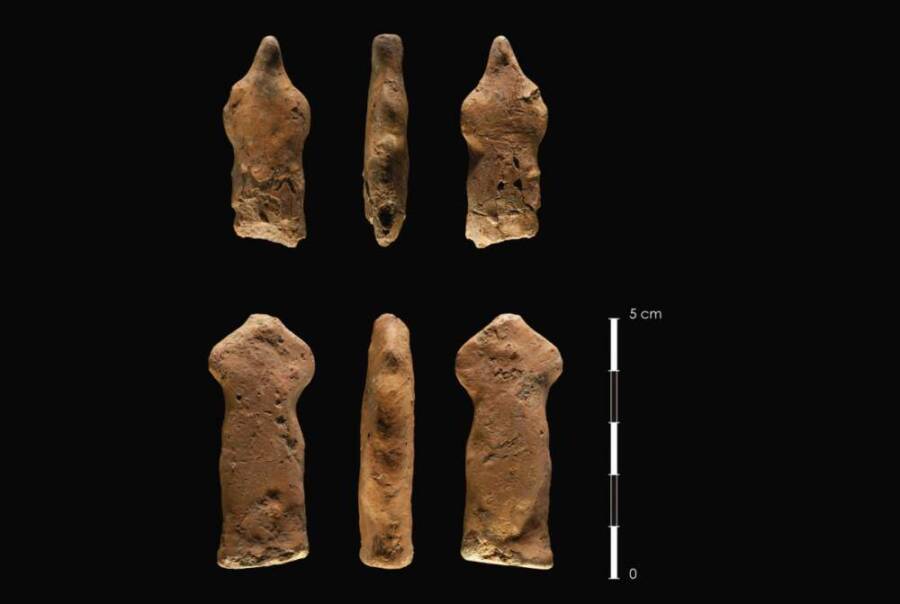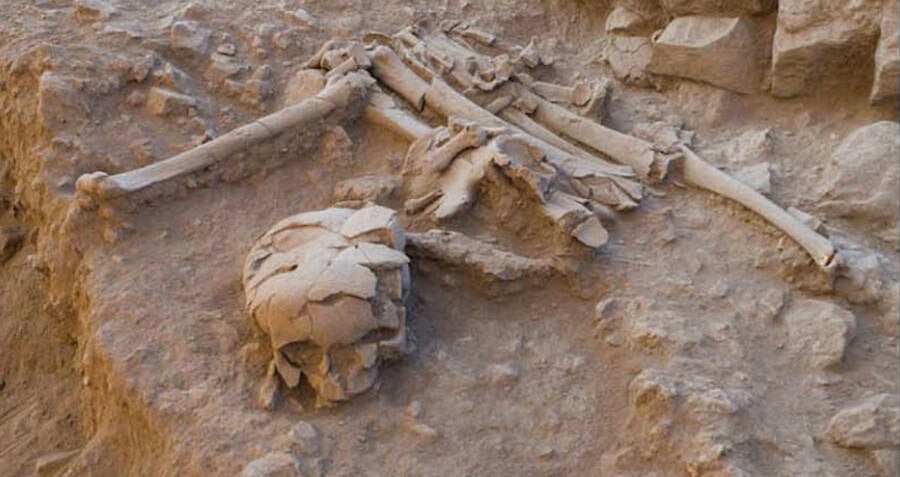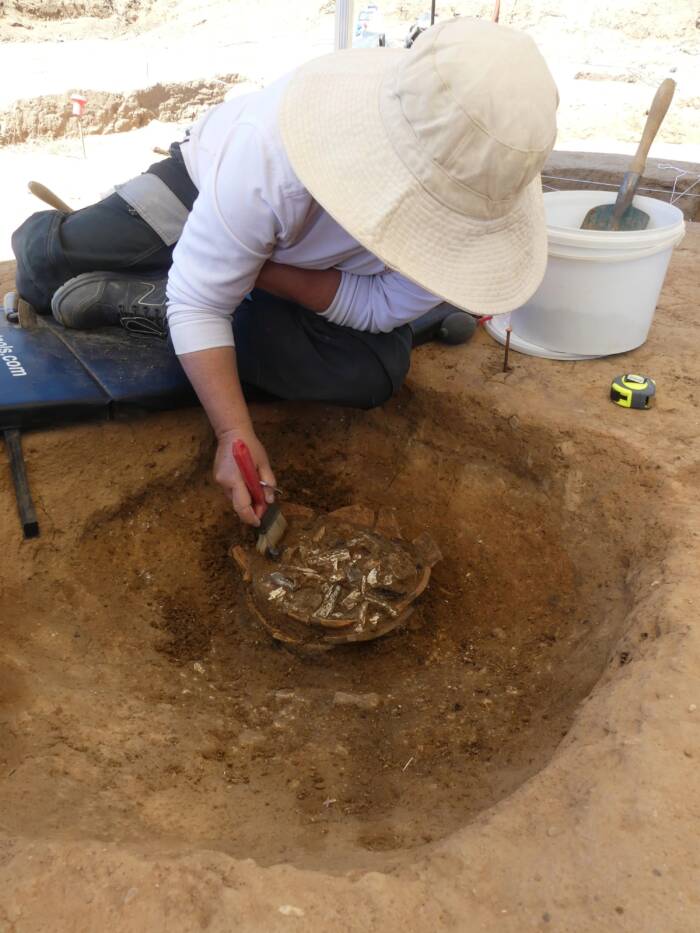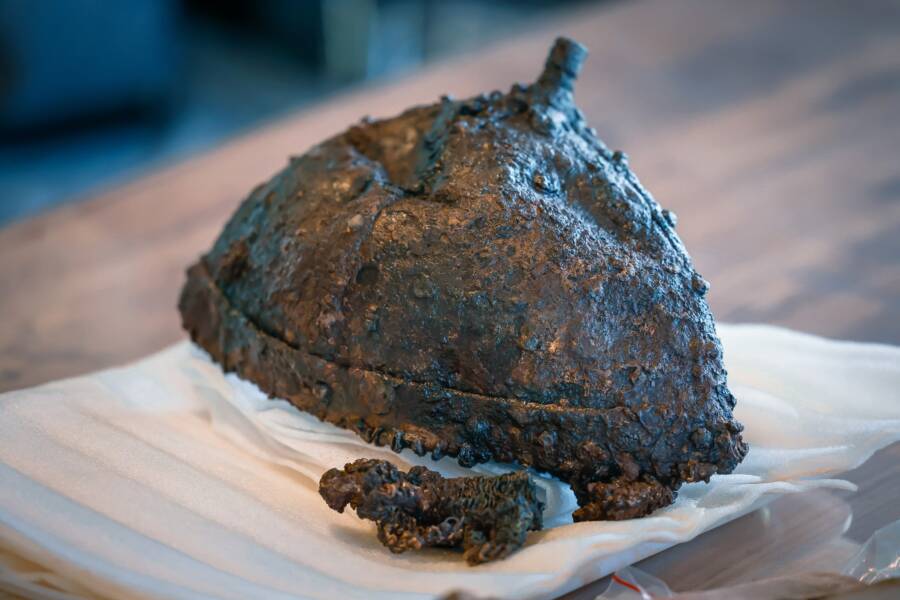Unveiling the Secrets Behind a Prehistoric Cult’s Death Ritual That Transformed Neolithic Art Forever
So, picture this: archaeologists digging up a trove of more than 100 tiny human-shaped figurines in Jordan, dating all the way back to 7500 B.C. — and no, these aren’t your average garden gnomes. These flint carvings with their unmistakable waists, shoulders, and hips weren’t just prehistoric doodads; they were part of some seriously intriguing death rituals. A cult that actually dug up its dead, handled bones like delicate pottery, and then crafted these miniature humans to honor their ancestors? Fascinating, right? It’s like ancient people found a new way to remember the dearly departed, sparking a shift from animal art to depictions of us—kind of the original ancestors’ fan club. This discovery doesn’t just rewrite a bit of history; it pokes at the very human need to remember and ritualize, proving that even thousands of years ago, people had their own unique — and a tad eerie — ways to say “rest in peace.” Curious about how these flint figurines tell a story bigger than mere stone? LEARN MORE
The discovery of these human-shaped figurines near ancient burial sites indicates they were part of a remembrance ritual, created as a way to honor the dead.

Kharaysin Archaeological TeamThe figurines are Early Neolithic representations of the dead, likely used in funerary rituals.
Archaeologists working on excavations in Jordan discovered over 100 figurines depicting humans dating back to 7500 B.C. According to Fox News, the flint objects found at a Neolithic dig site in Kharasyin in the Zarqa river valley were used by a cult that ritualistically dug up its dead.
Analysis of the ancient relics was undertaken by the Spanish National Research Council and Durham University in the U.K. According to IFL Science, the team initially presumed these objects were used as tools until their finely crafted humanoid shapes with waists and shoulders became apparent.
“One of the excavators suggested they were figurines, which the rest of the team were skeptical about,” said lead author Dr. Juan José Ibáñez. “However, the more we studied, the stronger the idea appeared.”
Published in the journal Antiquity, the research indicates these artifacts were used “during mortuary rituals and remembrance ceremonies that included the extraction, manipulation, and reburial of human remains.” Though the team was initially skeptical of the theory, firm evidence of this ritual just kept coming.

Kharaysin Archaeological TeamThe experts first believed these were tools, but the consistency of slim waists, broad shoulders, and wide hips connoted clear human representation.
Dating to 7500 B.C., these figurines were crafted only about a century after human depictions became more common in the Early Neolithic groups of Western Asia. While the objects alone don’t portend why the shift occurred, their discovery near ancient burial sites might hold the answers.
The experts explained that of the seven original burials there, many of the remains were found to have been dug up after an initial burial. After the dead partially decomposed, some of the bones appeared to have been removed in a yet unclear practice, before being reburied.
One of the deceased even had their skull removed, while another “individual was dug up from elsewhere and reburied in this funerary area, a process also repeated with several other pieces of skeleton,” the experts said in a statement.
The nearby placement of these figurines appeared to be random, though certainly deposited in close proximity for a reason. As such, it appears to the experts that this process of digging up the dead and creating figurines to deposit may have caused early humans to begin depicting humans in their art instead of mainly animals.

Kharaysin Archaeological TeamA secondary burial, flint knives, stone bowl, and a primary burial.
At least, that’s what thorough analysis of these ancient artifacts in Jordan suggests. The specific details surrounding this community’s belief system remain unclear. The experts suggest the figurines were representations of the dead to honor their ancestors.
“These rituals probably included remembrance of the deceased,” the study posited. “The presence of ‘figurines’ suggests that individuals could have been symbolically depicted in flint with a simple technical gesture. If this were the case, the ‘figurines’ were discarded where they were used.”
Ultimately, the thesis isn’t founded on mere speculation — its conclusion is fairly well supported by comparisons to other examples of figurines from the Neolithic Zarqa river valley. A similar trove was found at ‘Ain Ghazal, another Neolithic dig site in the region.
While the oldest depictions of humans were found in modern-day Germany and are 35,000 years old, this tangible representation of people hasn’t been seen in present-day Jordan earlier than 8th millennium B.C.
In Jordan, it seems, it was funerary ceremonies that created the cultural and artistic shift. Within a few generations, those communities pivoted from devoting their handiwork to animal figurines to those of their ancestors.


















